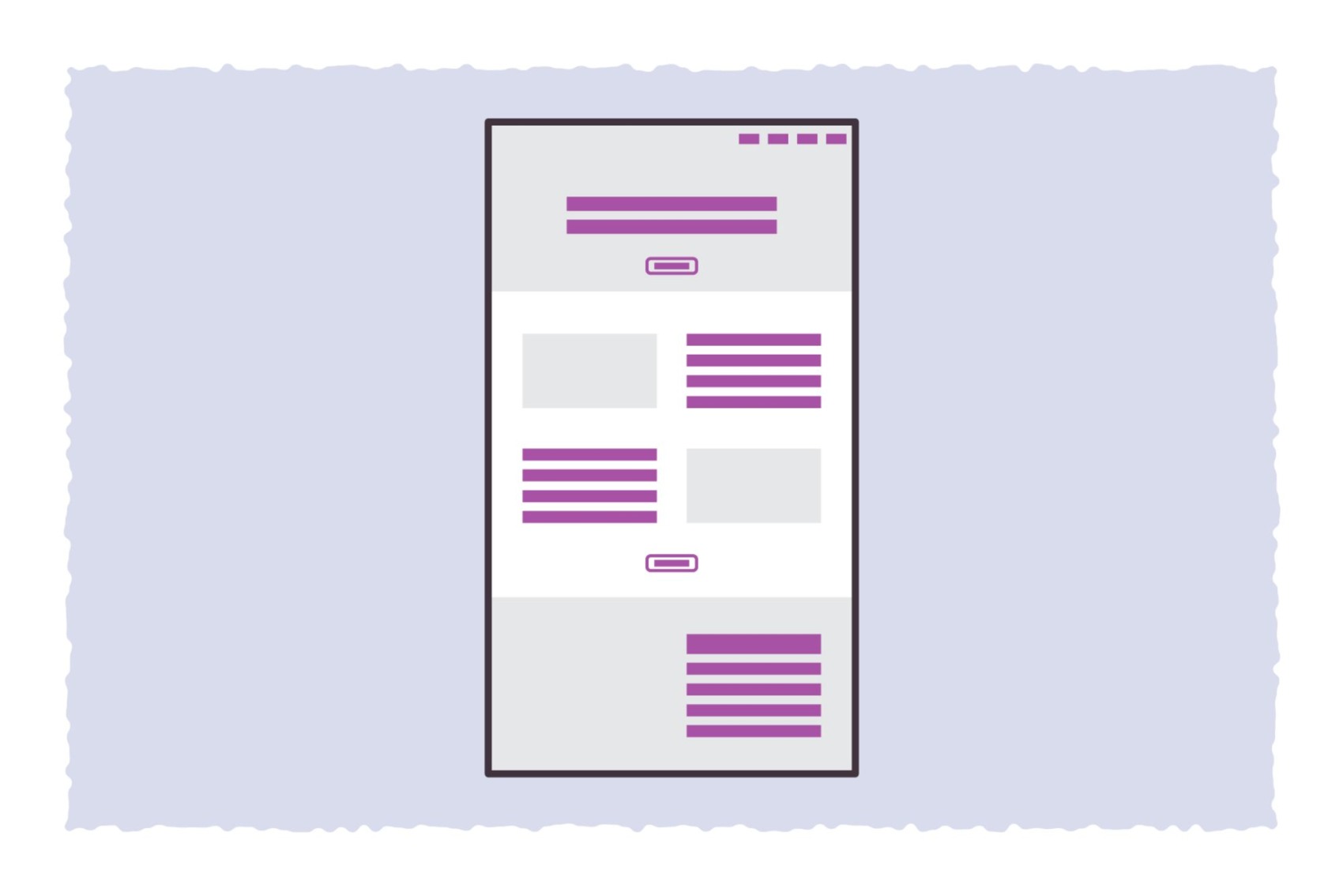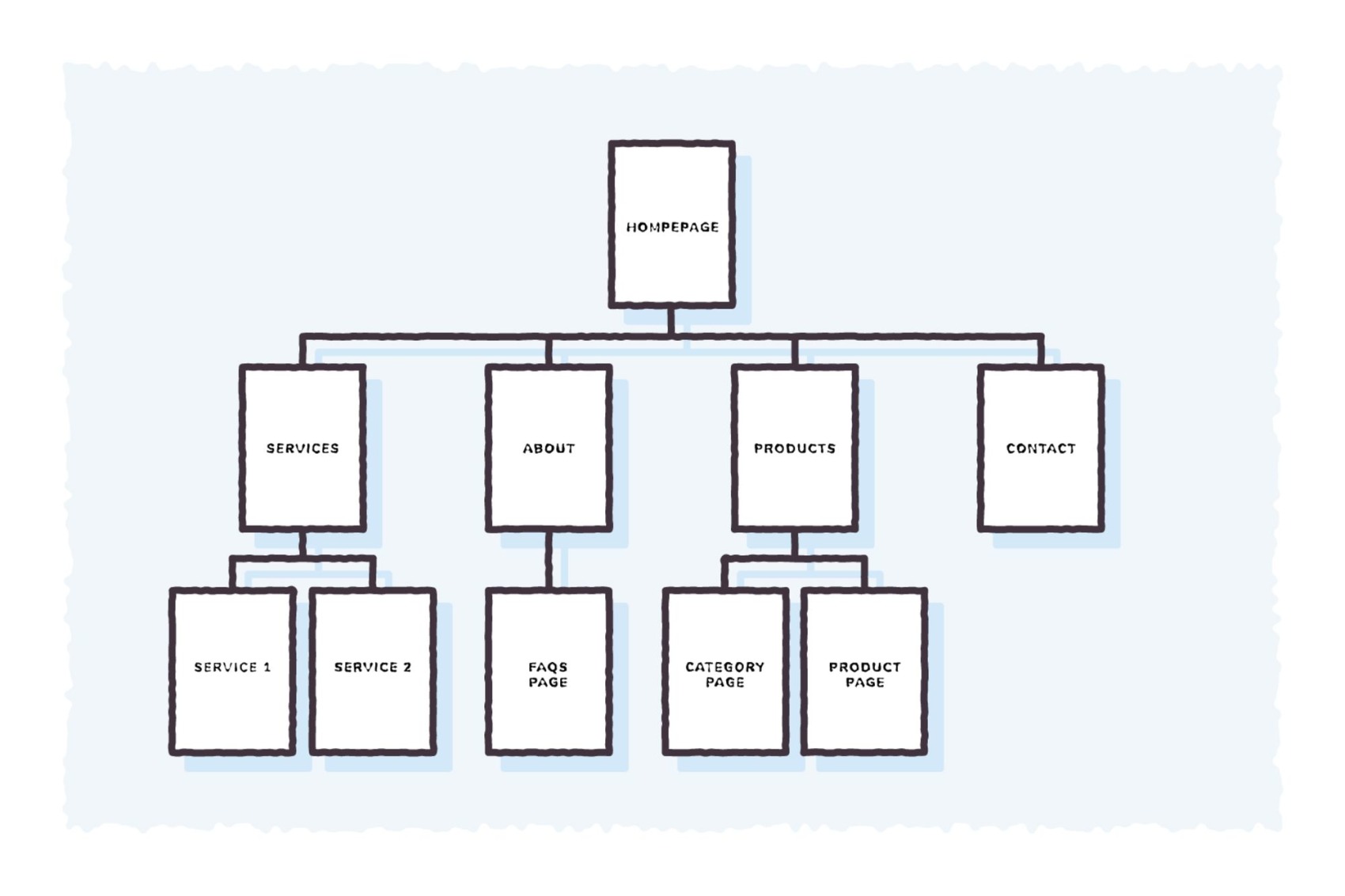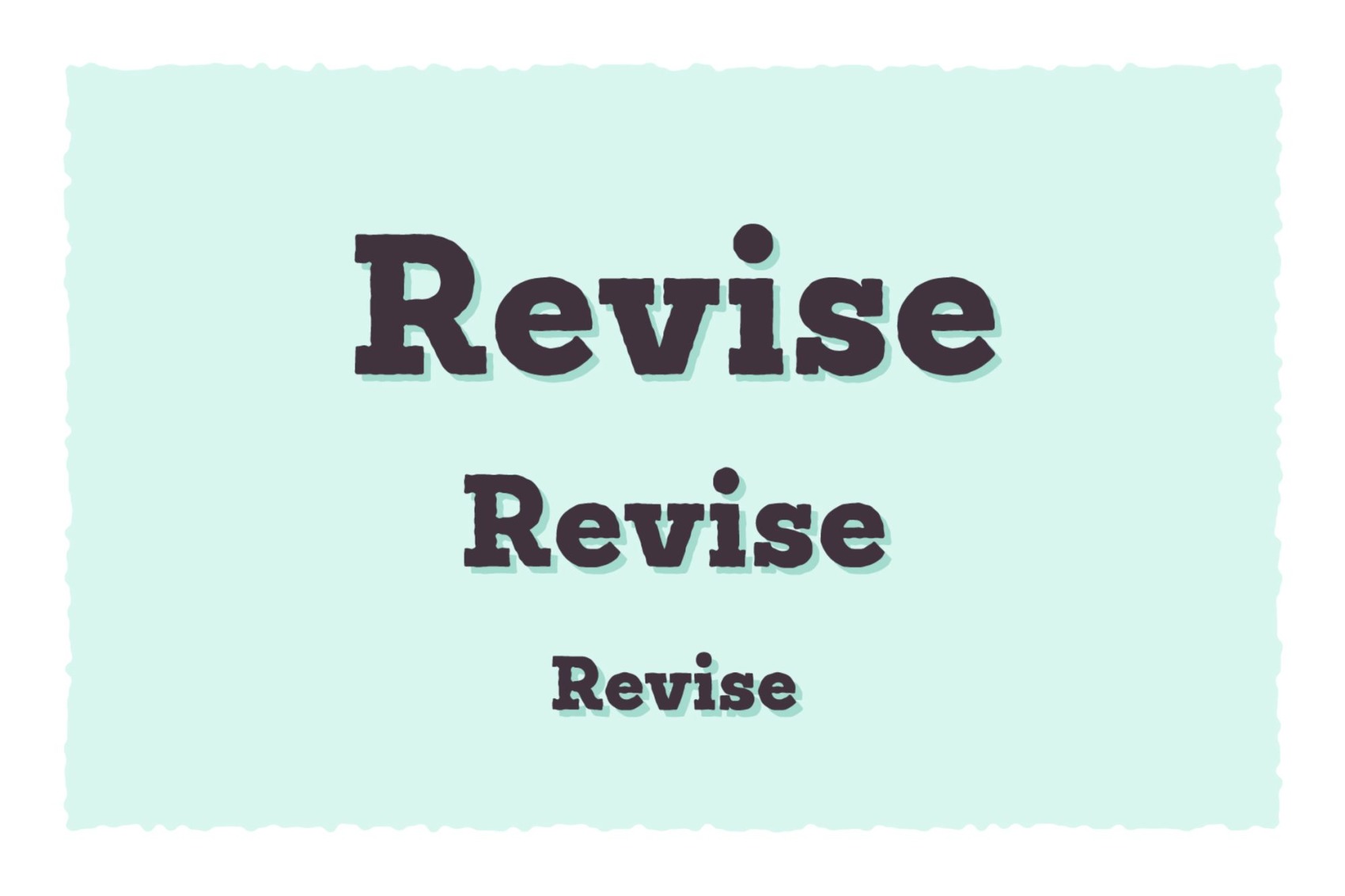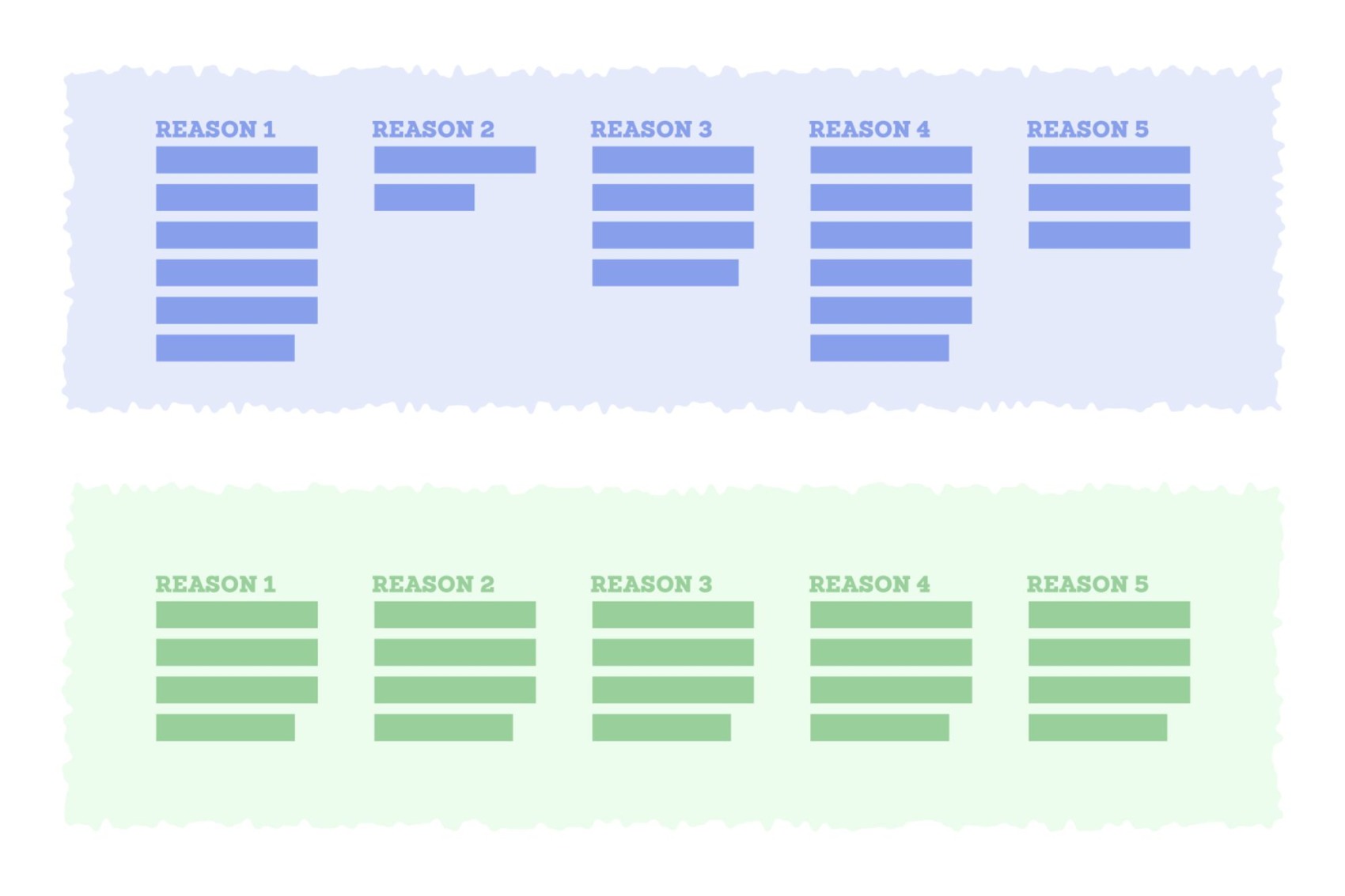10 Tips for Writing Good Content for Your Website
13 April 2020

Here’s the situation: You are about to release or refresh your website and you realise that you now have to write up all the content for it. For some people this is an obvious and exciting part of the process. For many others, however, this is an afterthought and not something they feel comfortable with. But a copywriter costs more than you thought and you could probably hammer it out in a weekend. Sound about right? Cool, here are 10 tips to help you along.
- Consider who is going to read this. Often we might imagine our friends, or mothers (bless them), reading our work and we end up writing with them in mind. They are not your target market, remember. Think of a few typical clients/customers/followers and write for them. In fact, you might want to take it a step further and think of your most hare-brained customers who have asked the most obvious questions and write with them in mind.
- Have a plan. There should be a website plan, also known as a wireframe, of sorts. If you have a web designer working on this then they should provide you with one, even if rough. If you are building the website yourself you should know what information is going on what pages, and more or less where on each page. Knowing this first will help a lot with what to write in context with how people are going to be clicking around your site. You do, after all, want some kind of narrative to your website.

- Know your business. People should quickly be able to understand what your business is all about. If you cannot explain what you do in the first few opening lines of the homepage then certainly don’t expect the viewer to be able to figure it out. You should understand what makes your business special and unique and this should come across very early on in the website experience. A great web design is important here too, but the copywriting clinches it.
- Don’t write too much. People are looking for answers not essays. Get to the point quickly and spread your points out well. People intuitively want to move around a website, so give nuggets of information so that they can jump to the next one before being bored.

- Headings are incredibly important. Give strong and instructive headings, but keep them short. There should be no guessing games in understanding your headings. If you feel the need to explain more in the heading then rather move on to a subheading.
- Buttons matter. Also important and also overlooked are buttons. These are known as ‘Call To Actions’ and are the last wooing nudge you can give someone to commit to a further step in your fiendish plot. There should certainly be no confusion here about what the button will do (again, keep your most unassuming of clientele in mind here). The instruction should be simple and firm. Interestingly, it is also an opportunity to give your brand a bit of personality, but all in good taste. Some might say ‘Read more’, while some might go for ‘Tally-ho’. As long as your specific audience is kept in mind.
- Balance. There is a great website called wordcounter.io. Use it to count your words and/or characters if your word processor is not doing it for you. Why? Keeping sections and parts of the copy similar lengths is really important to the aesthetic and balance of the website. You don’t want one heading to be two words long and then the next one is 20 words long. No. You want them to both be in about a 5-10 word (or, for even better results, measure in characters) range. Another example is if you had a list of 6 USP’s (Unique Selling Points) in a grid across the page you would want the amount of text to be roughly the same so that they all look equally important and equally taking up space on the grid.

- And about SEO… Let's not go deeply into this topic here (we do here though) but it is worth keeping a few keywords in mind as you write headings or subheadings or even paragraphs. There’s a fine balance here: You can write poetically and straight from the heart (points for being unique and expressive, which the world (wide web) needs); or you can write keyword heavy, semi-sensical, omnipresent crap copy (points for alerting google that you are desperate for some love). As said, it's a fine balance, but a balance it is.
- SEO, again… Consider parts of your content that could link to other parts of the website. Remember the narrative we spoke about above? Keep the reader reading and clicking along. But don’t overdo it and certainly don’t compromise logical organisation. The point is to keep your viewer on your website and keep answering their questions/fulfilling their needs. In point 8 (above) we give you an example of how to do this. See?
- Do not repeat. You’re selling a lamp. It has a product write up on its product page. A nice solid description of it and its myriad of features. Great. Now that lamp is also seen in the category page where all the lamps are, and there too it requires a short, enticing description. But you’ve just spent all your energy and wordmanship on that main description, can’t you just copy and paste the first couple of sentences over? No. Try and re-write this and even use new words. This description’s function is to entice someone to the product page. Whereas the full product description should explain the product in detail. Two functions equals two descriptions. Don’t get lazy, it’s noticeable.
Bonus: Save it in the cloud. Writing content is a big undertaking and you probably won’t get through it all in one weekend (as previously thought). Saving it on the hard drive is all well and good but the cloud has two benefits we like. One, it is easy to update or make notes on the go. Inspiration might strike anywhere (the bus, the loo), and as we said, website content writing is a bit of an organisational puzzle so you might find yourself plotting quite a bit (more than an email, say). Two, you will ultimately be palming this off to a web designer to insert into your website. Avoiding the upload and download of files is great for both, and updates and iterations are so much easier in the cloud. Without a doubt we suggest Google Docs as it can be opened anywhere, by anyone (that you’ve shared it with) and updated easily.
